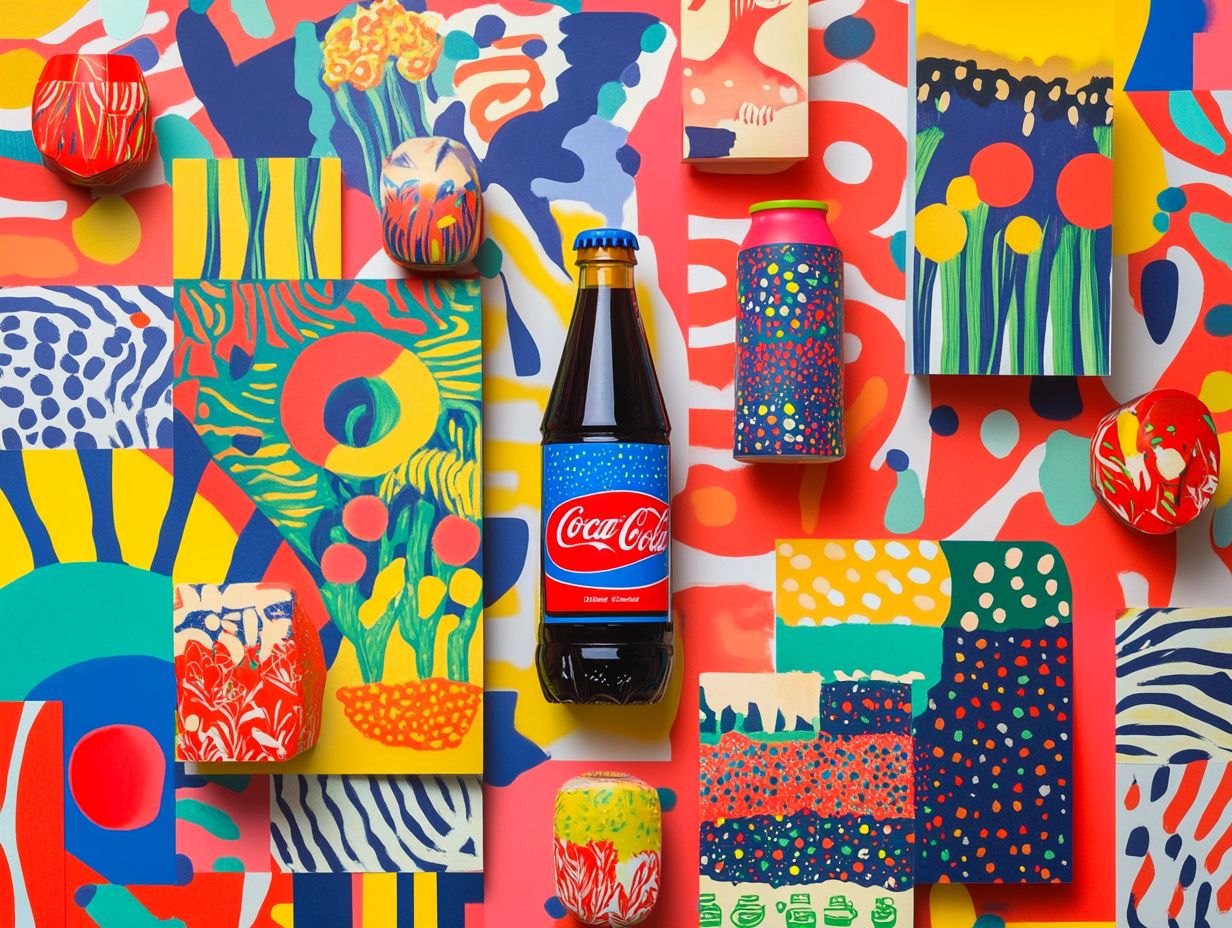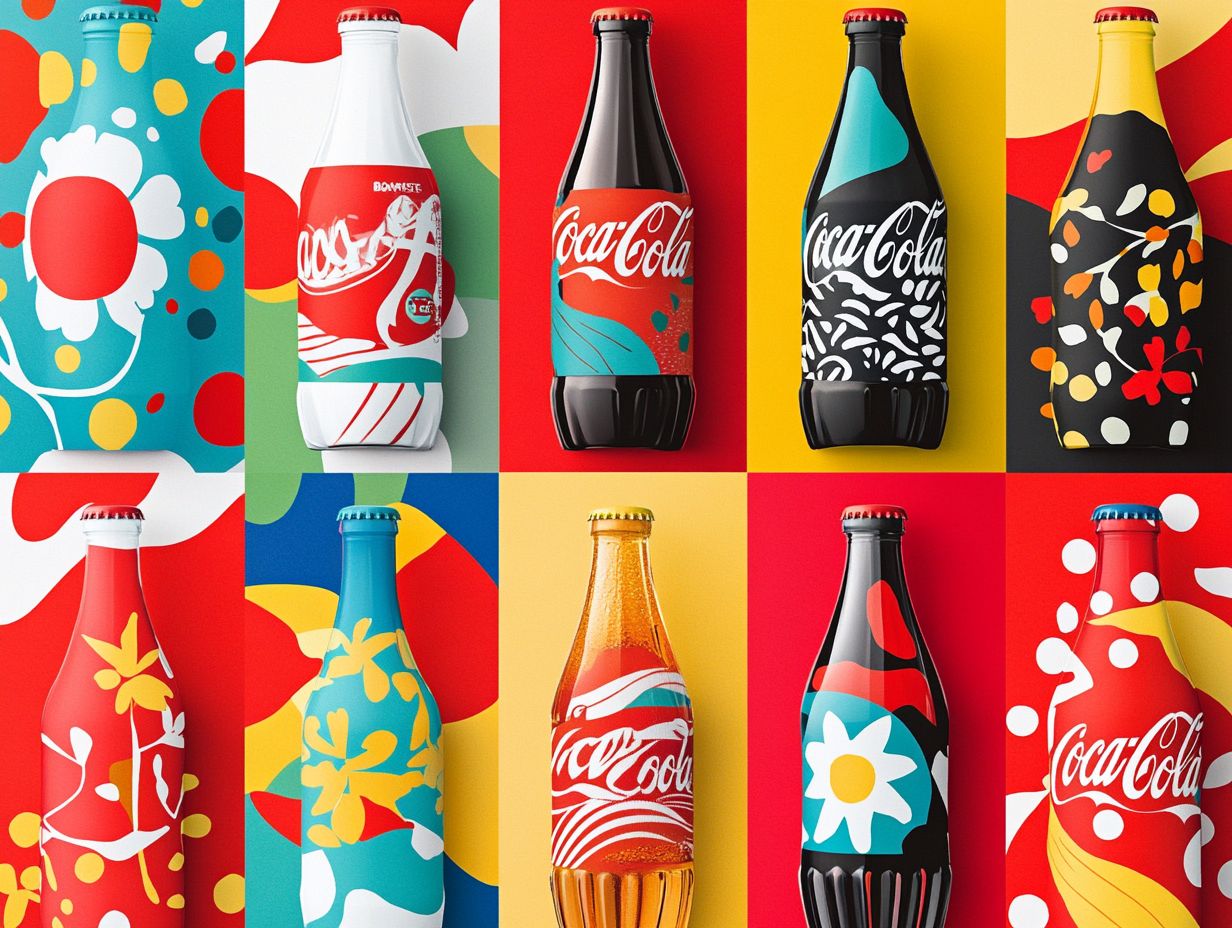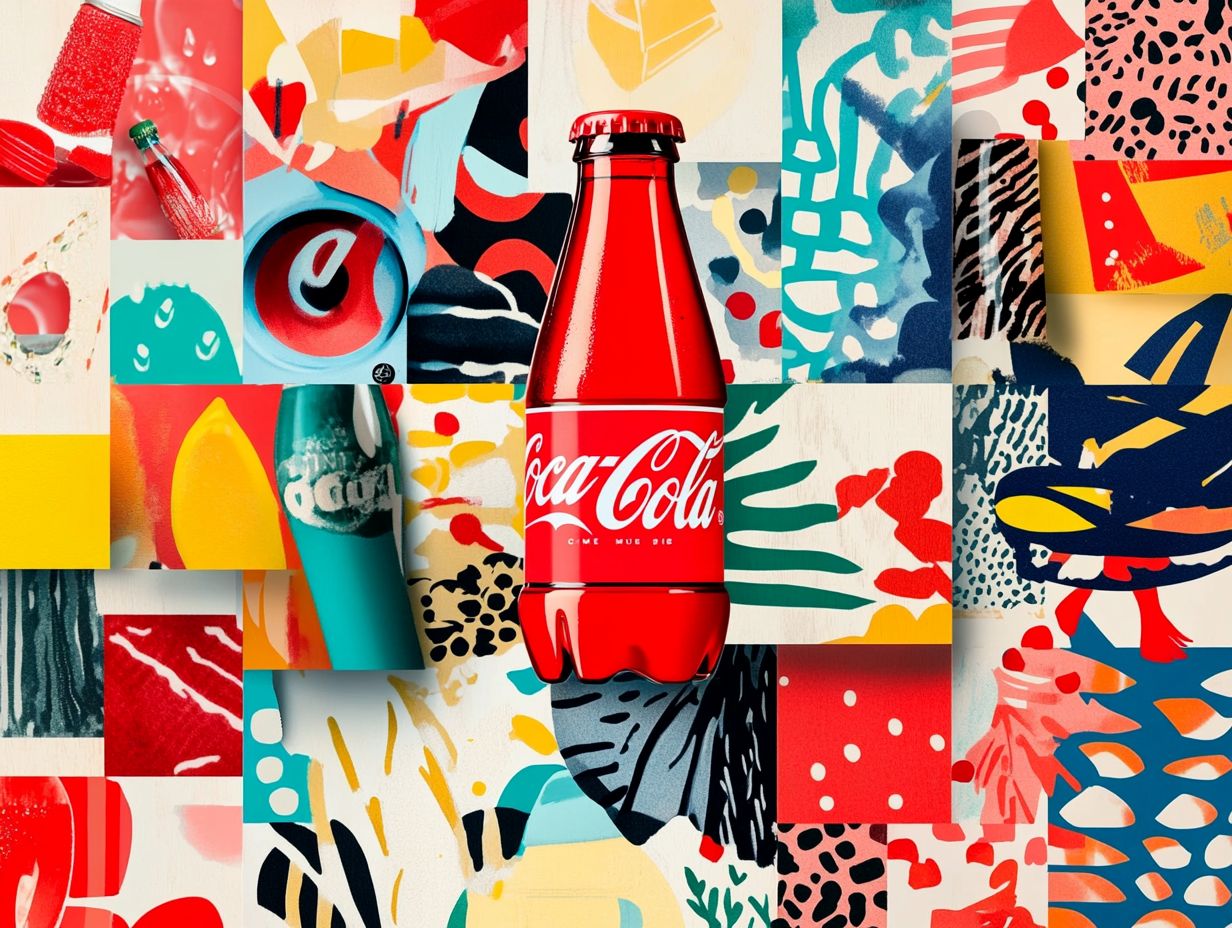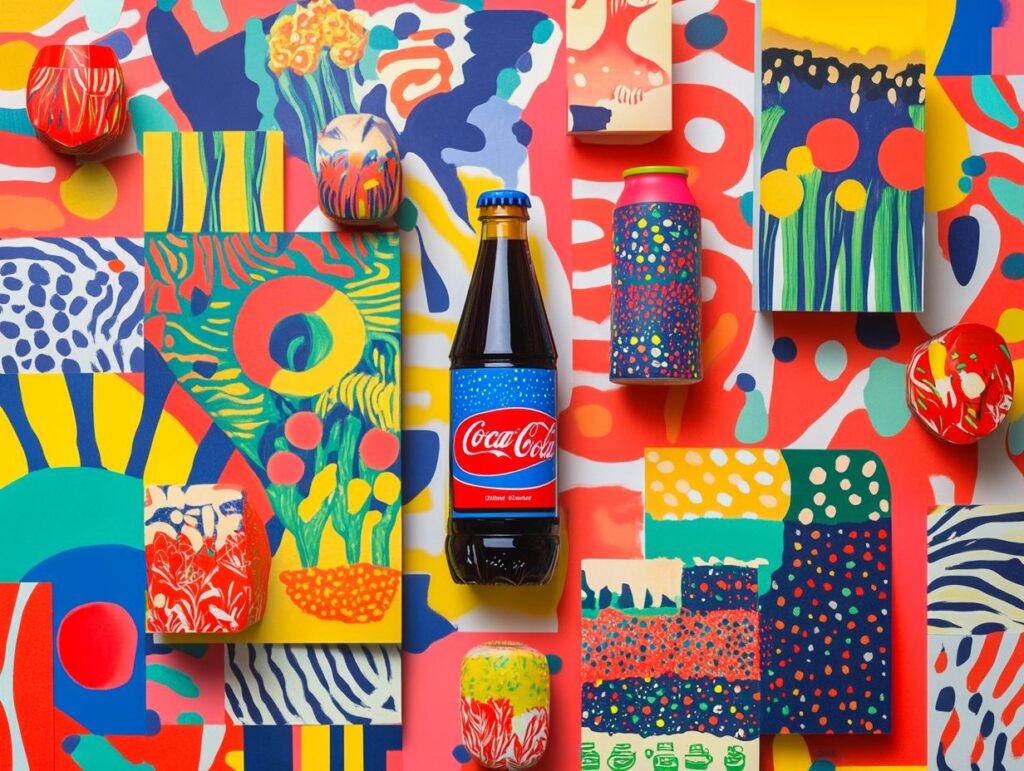Brand collaborations have emerged as a significant marketing strategy for businesses seeking to enhance their reach and engage more effectively with consumers. By partnering with one another, brands can leverage each other’s strengths, leading to increased brand awareness and access to new audience targeting opportunities. This article will examine the various benefits of brand collaborations and highlight successful partnerships, such as the Coca-Cola and Labubu collaboration. Additionally, I will provide insights into how to create your own effective alliance. I will also address potential risks associated with these partnerships and discuss strategies for managing them, ensuring a win-win situation for all parties involved. Continue reading to discover how collaboration can elevate your brand to new heights.
What are Brand Collaborations?

I view brand collaborations as strategic partnerships between two or more companies that leverage their collective strengths to develop unique products or campaigns that effectively resonate with their target audiences.
These collaborations can manifest in various ways, such as limited edition merchandise drops, experiential marketing events, or artistic endeavors that draw on cultural relevance and nostalgia marketing.
I find that these partnerships serve as a powerful tool in the beverage industry and extend their impact across various sectors.
Benefits of Brand Collaborations
The benefits of brand collaborations are significant, as they can lead to increased brand awareness, enhanced consumer engagement, and the development of unique flavors or experiential collaborations that resonate with the market.
By leveraging the strengths of each partner, I can tap into new audiences, foster brand loyalty, and create cross-promotion strategies that amplify my marketing efforts.
Increase in Brand Awareness
One of the primary benefits I find in brand collaborations is the substantial increase in brand awareness that can be generated through joint marketing efforts and campaigns. By combining resources and effectively leveraging social media channels, I can reach a wider audience and create memorable experiences that resonate with consumers.
Influencer marketing is pivotal in this context, as influencer partnerships can authentically promote products to their engaged followers, thereby enhancing trust and visibility. For instance, when a leading athletic brand partners with fitness influencers, it not only showcases products but also includes experiential marketing events where potential customers can directly interact with the brand.
These collaborations frequently yield impressive results, as demonstrated by successful case studies, such as the partnership between a popular beverage company and lifestyle influencers, which significantly increased social media impressions and consumer engagement.
Such strategic alliances elevate the customer experience and cultivate a community of advocates that further amplifies brand visibility.
Expanding Target Audience

I recognize that brand collaborations provide a strategic opportunity for expanding my target audience by presenting products or campaigns to new demographics, thereby broadening my market reach. By aligning with brands that complement my own, I can effectively tap into diverse consumer segments and engage new followers.
This synergy not only maximizes visibility but also enhances the overall brand experience for consumers by merging shared values and visual aesthetics. For example, the partnership between Nike and Apple led to the creation of the Nike+ product line, seamlessly integrating fitness with technology and appealing to health-conscious tech enthusiasts.
Similarly, the collaboration between Starbucks and Spotify bridged the gap between coffee lovers and music aficionados, creating engaging in-store experiences and enhancing loyalty programs.
Such successful cross-promotions underscore the importance of understanding market trends and discerning consumer behaviors. This allows me to develop impactful merchandising strategies that resonate deeply with new audiences.
Successful Brand Collaborations
Successful brand collaborations often provide valuable case studies that illustrate how effective partnerships can yield remarkable outcomes in the marketing landscape.
For example, the collaboration between Coca-Cola and Labubu not only highlighted innovative product launches but also exemplified the importance of leveraging cultural relevance and pop culture trends to effectively engage consumers.
Coca-Cola and Labubu Collaboration
The collaboration between Coca-Cola and Labubu serves as an exemplary case of how to blend iconic branding with innovative marketing strategies, resulting in collectible items that evoke nostalgia while appealing to youth culture. This partnership successfully merges the realms of beverage marketing and artistic expression, creating a unique experience for consumers.
By featuring limited-edition designs that resonate with fans of both brands, this collaboration taps into powerful cultural narratives that many consumers hold dear. The promotional campaigns strategically utilize social media platforms, engaging users with vibrant imagery and storytelling that not only highlights the products but also the shared memories associated with them.
Through the use of influencers and interactive experiences, the collaboration fosters a sense of community and excitement around collecting these distinctive items. The thoughtful integration of nostalgia alongside modern aesthetics enhances consumer engagement, encouraging fans to reminisce while connecting with new generations, which further cements the appeal of this vibrant partnership.
Other Notable Collaborations

Along with the Coca-Cola and Labubu partnership, I have observed numerous other notable collaborations that have significantly impacted their respective industries. These partnerships often prioritize product innovation and experiential events, engaging the brand community and creating immersive experiences for consumers.
From high-fashion brands teaming up with popular retailers to tech companies collaborating with artists, these alliances highlight unique approaches to brand activations. By blending brand identities and leveraging combined audiences, these partnerships not only enhance visual appeal but also reshape advertising strategies.
This trend has notably influenced consumer behavior, as shared values and creative storytelling resonate more deeply with audiences. As I continue to explore innovative collaborations, it becomes clear that brands are not just creating products; they are crafting experiences that foster loyalty and redefine market trends in a competitive landscape.
How to Create a Successful Brand Collaboration
Creating a successful brand collaboration involves several key factors that prioritize establishing a mutually beneficial relationship between the parties involved, focusing on collaboration strategies.
It is essential for me to understand each brand’s strengths, align on shared goals, and leverage creative partnerships that enhance brand equity while appealing to the target audience.
Key Factors for Success
To ensure a successful brand collaboration, I recognize the importance of identifying and implementing key factors that drive consumer engagement and create a lasting impact through effective marketing strategies. These factors include clear communication, shared objectives, and a focus on enhancing brand loyalty among customers.
In successful partnerships, I find that establishing open lines of dialogue is crucial for discussing visions and expectations, which helps prevent misunderstandings and fosters mutual respect.
For example, when a beverage company partnered with a sustainable packaging brand, their aligned goal of eco-friendliness not only strengthened their market positioning but also resonated strongly with environmentally conscious lifestyle brands.
By integrating our distinct strengths-creativity from one party and expertise in logistics from the other-we were able to exceed sales forecasts and improve customer retention. Ultimately, the most effective collaborations prioritize a unified approach to messaging, ensuring that our combined efforts are far more impactful than if we were to work in isolation.
Potential Risks and How to Mitigate Them

I recognize that while brand collaborations can offer substantial advantages, there are also potential risks that must be carefully considered.
One significant concern is the possibility of damaging brand image if the partnership is not viewed positively by consumers. To mitigate these risks, it is essential to establish collaborations that are founded on mutual benefits and that align with the core values of both brands involved.
Protecting Brand Image
Protecting my brand image is a critical aspect of any collaboration I engage in, as negative perceptions can significantly impact brand loyalty and consumer trust. It is essential for me to carefully select my collaboration partners to avoid potential pitfalls that could arise from any misalignment.
By conducting thorough due diligence on prospective partners, I can ensure that our values align, which is a crucial step in preserving my brand equity and ensuring successful retail partnerships. Effective messaging is vital during these collaborations, as it allows me to clearly articulate how the partnership reflects my commitment to consumers.
Ongoing communication about shared values and initiatives reinforces trust, demonstrating to customers that the collaboration enhances rather than detracts from my brand’s identity.
By proactively managing these aspects, I can successfully navigate the complexities of partnerships while maintaining a strong brand identity and positive image in the marketplace, fostering brand synergy.
Ensuring Mutual Benefits in Creative Collaborations
Ensuring mutual benefits is essential in any brand collaboration, as it fosters a healthy partnership that promotes shared goals and enhances consumer engagement through innovative social media campaigns and brand storytelling. This approach not only strengthens the collaboration but also leads to more impactful digital campaigns and viral marketing initiatives.
When I outline shared objectives and expectations with a partner, it paves the way for a cohesive strategy that resonates with both of our audiences, incorporating elements of lifestyle marketing and fan engagement. For example, the partnership between Nike and Apple illustrates this principle well. By combining their strengths to launch the Nike+iPod product, they created a unique experiential marketing campaign that appealed to fitness enthusiasts and tech-savvy consumers alike, showcasing how iconic brands can leverage brand ambassadors and trending brands effectively.
Establishing mutual benefits amplifies brand visibility and encourages community engagement, driving loyalty among consumers who feel connected to the collaborative effort through strategic promotional events and seasonal promotions. Ultimately, I believe that successful partnerships thrive when both parties actively contribute to a vision that prioritizes their goals as well as those of their audience, fostering cultural impact and brand evolution.

